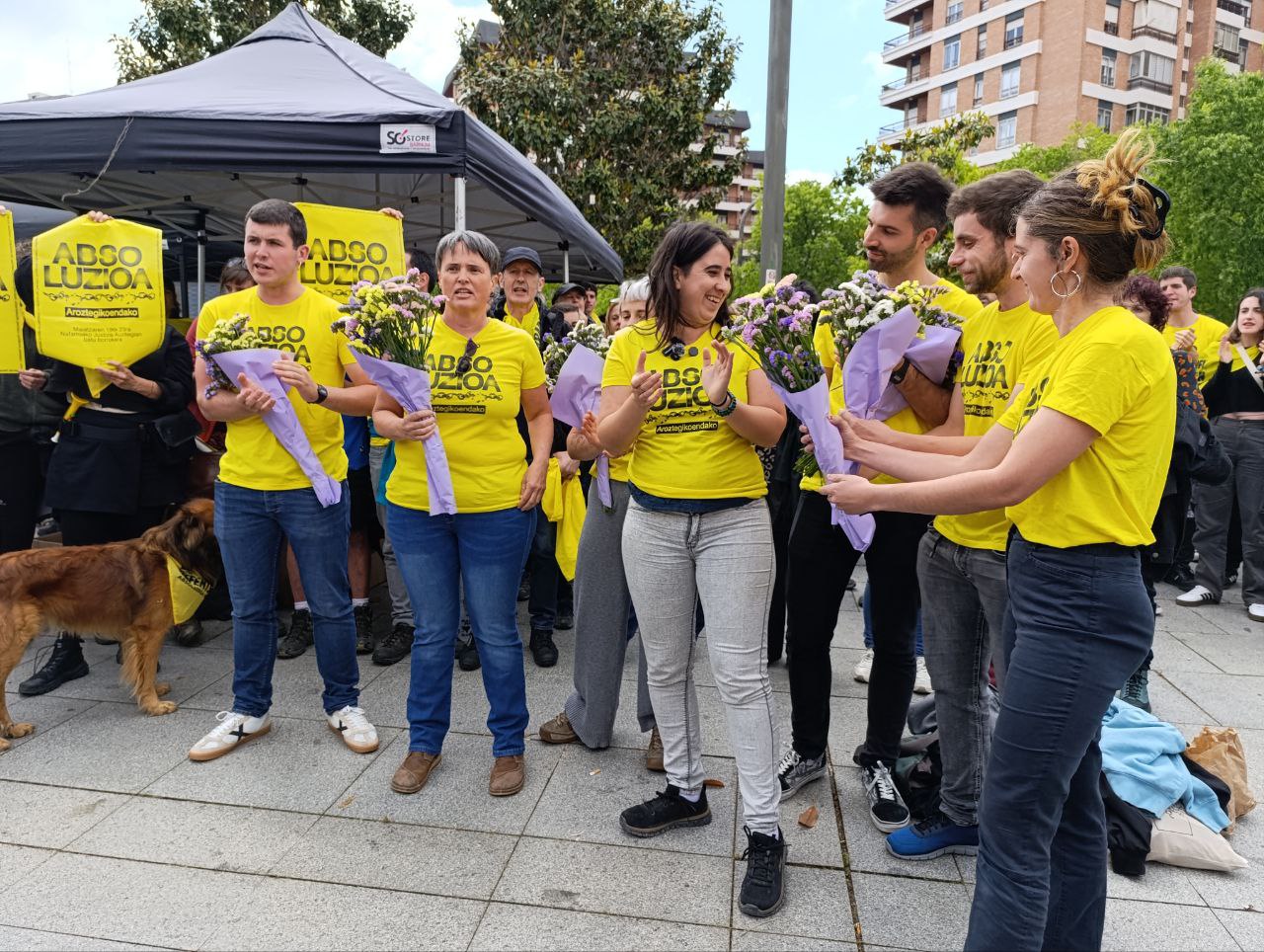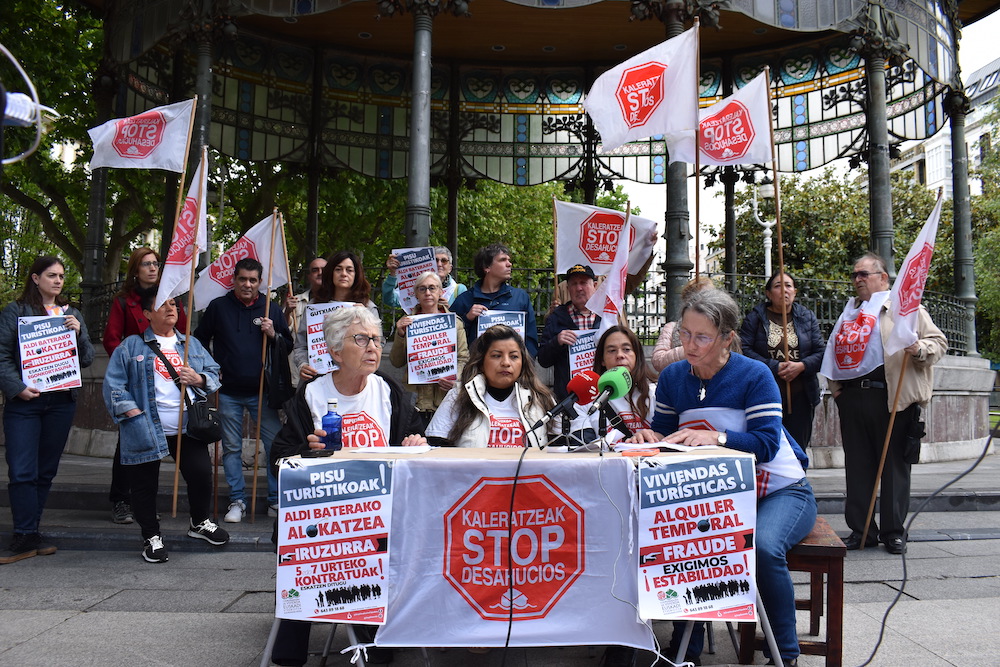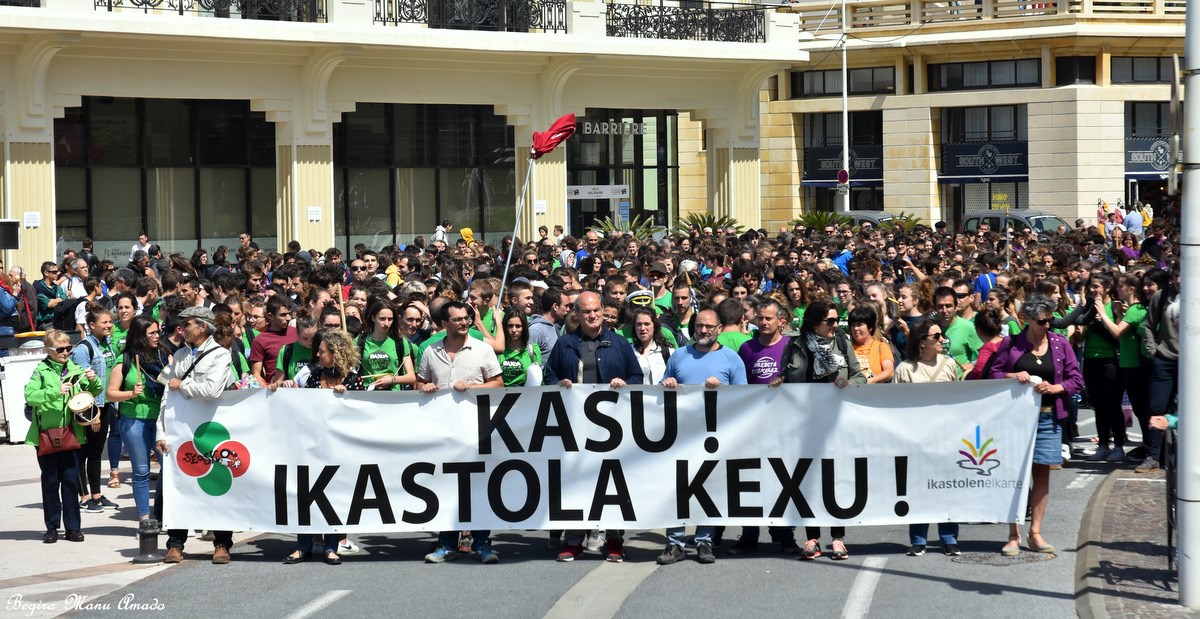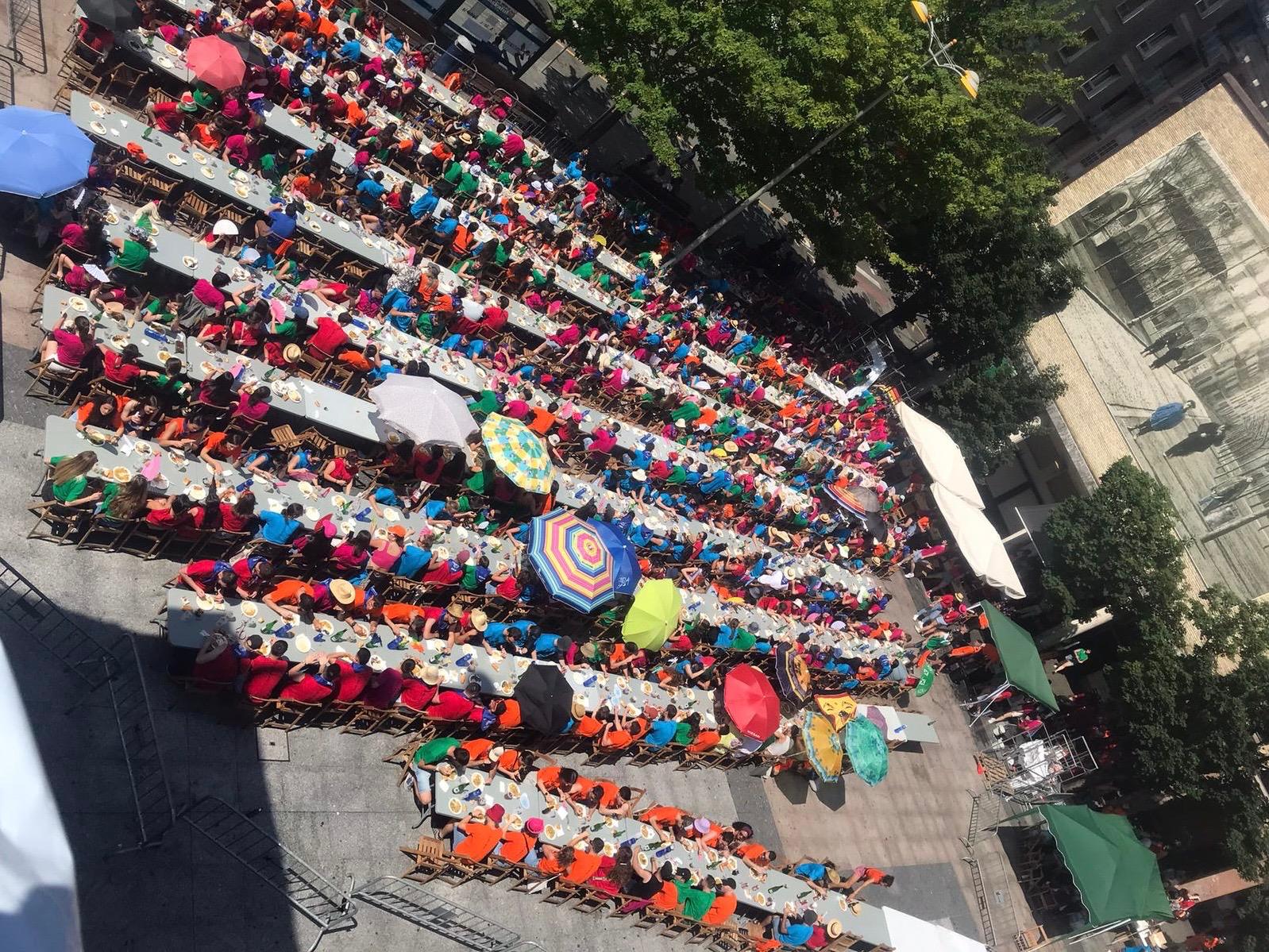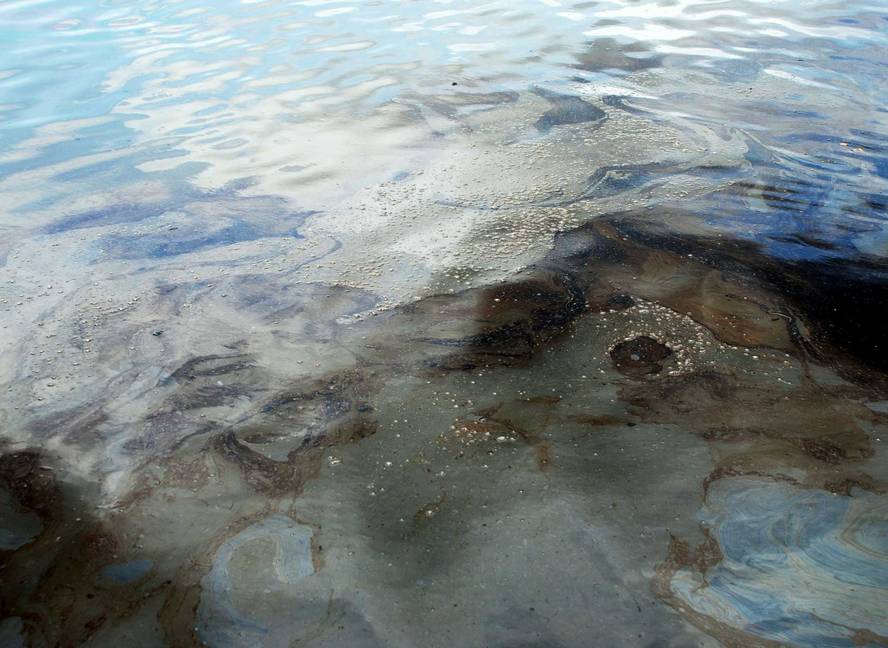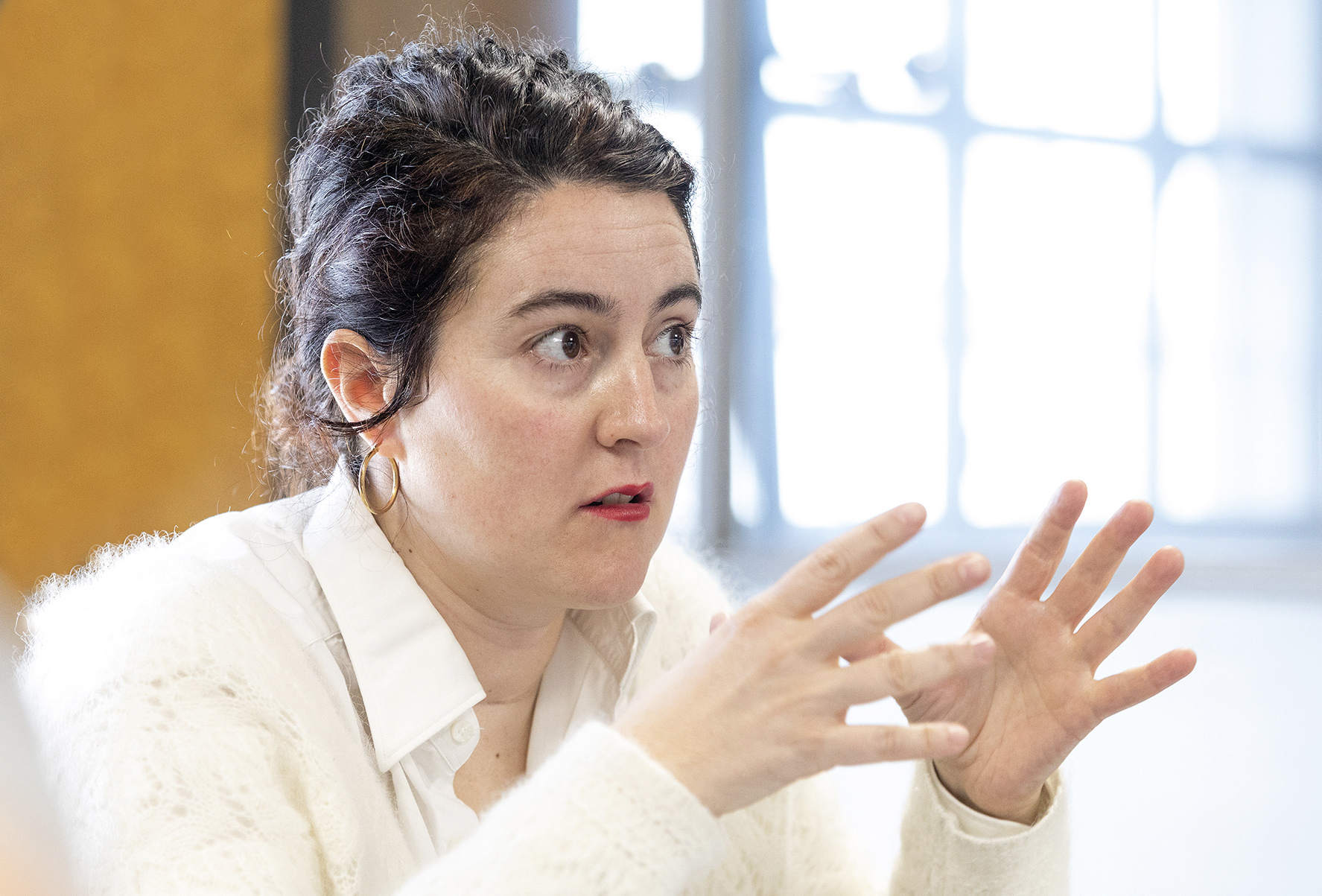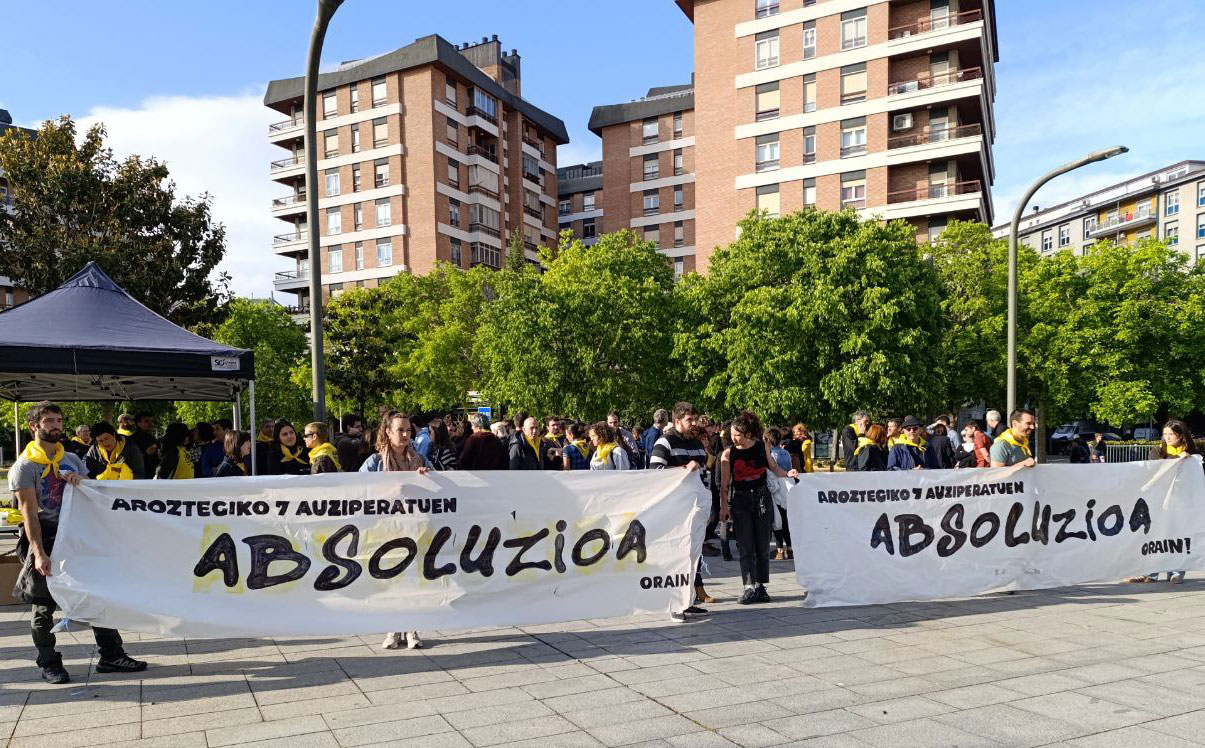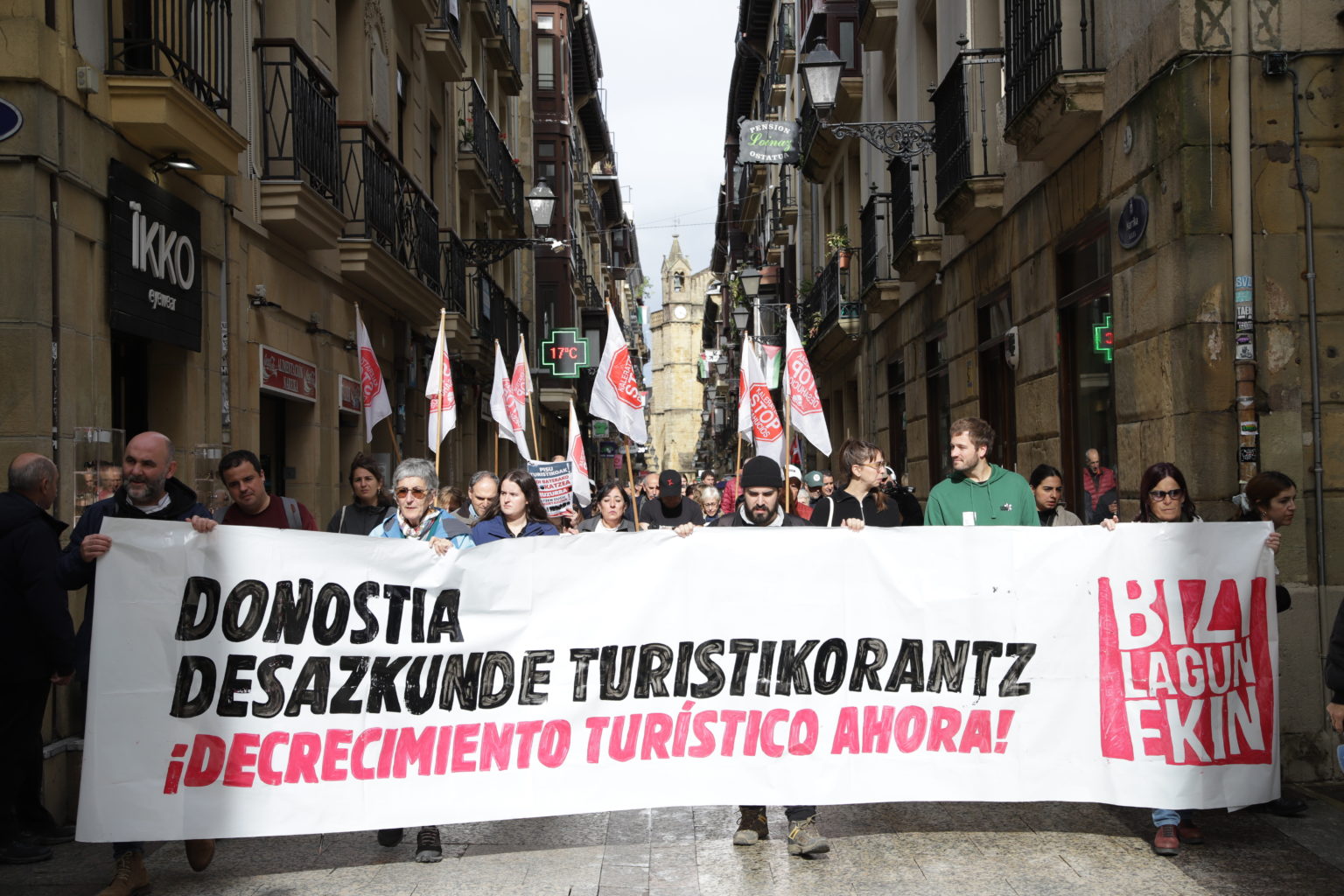Sculptures and storytellers
- Works of art represent the history and deeds of a people, and they are often excellent in this task. Usurbil is filled with sculptures and murals that tell their story better than anyone else.
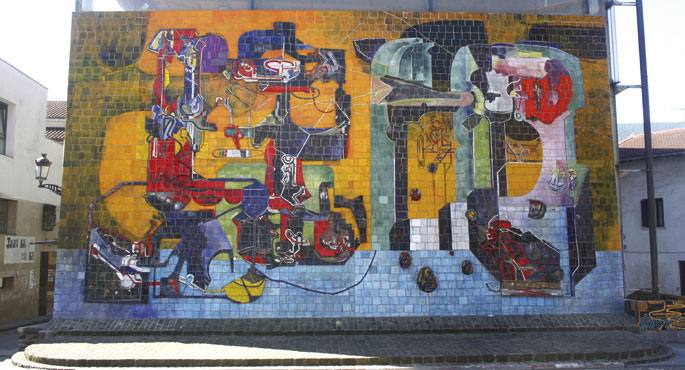
The ancient areas of the villages are the remains of the people and the fortifications of their heritage. The center of Usurbil is filled with sculptures and murals that explain the people’s experience throughout history. With a short and flat tour you can see all of them in streets, avenues, plazas and recreation areas. In a quiet village, with about 6,000 inhabitants, in the valley of the Oria River, about ten kilometers from Donostia-San Sebastián, all these works have a special place in an environment surrounded by mountains and rivers. They are works carried out by artists who have or have had a relationship with the people and are a magnificent sample of the reality and history of the people.
Reminder of the title of Villa
After crossing a small valley in the direction of the Old Town, the Kale Zahar district is situated in a unique and peaceful landscape, in the centre of the district, in Félix Aizpurua Square, on a lateral side, remembering the sixth centenary of the granting of the title of villa to Usurbil. From the 12th century Usurbil was the territory of Donostia-San Sebastian, until in 1371 King Henry II granted him the title of villa under the name of Belmonte de Usurbil. This plaza is the commemorative monument of this event from 1971 to the present day, as in it is the sculpture that explains that achieved the villa. The artwork bears a phrase about this fact in the middle of a marble circle: “1371-1971, if it is beautiful to die for the people, what more beautiful to live for the people, because you have to live for the people, you have to win.” At the height of the marble monument, in the center of the plaza is a monument of the sculptor Laka. It is a limestone cylinder intended to represent the parchment. It has the edges extended to both sides, and in letters of different sizes it intends to explain the following message: “For every Gudari who dies, two are born.”
Kaleberri, with artworks
The district of Kaleberri is the center of the town and meeting point of most sculptures and murals. Four works of art are located near the other, about five meters away, located among the most important buildings of the town, in the usual place of residence of the citizens. From the back of the village fronton you can see a town full of works of art. On the same wall there is an abstract ceramic mural with a thousand colors of sixteen meters wide and nine meters high, made by the son of the town José Luis Zumeta in 1973.
The mural looks at the plaza designed by Zumeta himself. It was a nameless place until in 2009 it was given the name of Mikel Laboa, with the objective of remembering the close connection of the Donostian singer with the town. In May of last year, the last sculpture that has come to Usurbil for the time being was made, with a perfect name: Ikimilikiliklik. The author, Juan José Aranguren, was selected from 27 works, as the City Hall organized a competition to choose the best sculpture.
On the right, in the center of the street, is the sculpture of Udarrangi opposite: an abstract work of Remigio Mendiburu in honor of bertsolari, willing to greet the citizens on a parallelepiped stone. As soon as you cross the pediment there is a patio full of ceramic images in the Plaza de la Libertad. Around the plaza, in the pediment and in the columns that support it, there are drawings that represent the customs of Euskal Herria with a vivid color, rejoicing and sweetening the patio: Olentzero, cider, pelotaris, mountaineers... All created by the hands of Karlos Zabala Arrastalu.
Herri Batasuna, deleted mural
Continuing a little downward from Plaza Askatasuna, before reaching the Eguzkitzalde district, you can see a mural made under the direction of Alejandro Tapia. Disfigured, yes. The mural was drawn in the early 1980s and has as theme and title Herri Batasuna. In July 2009, the Ertzaintza erased the faces that were on the spot and the words of Herri Batasuna, and remains in that situation.
In the center of Eguzkitzalde Square you can find a sculpture in tribute to one of the characteristics of the town: Monument to the Sidra of the Lasartearra Gotzon Huegun, which shows the fall of the precious drink from the bottle to the forest.
Although the centre of Usurbil is full of works of art, it does not end with these lists of sculptures of the locality. At the entrance to Zubieta you can see, on the one hand, the monument to Iñaki Olazabal in tribute to the Oria River; on the other, you can see a limestone sculpture that leaves the center of Usurbil and heads towards Orio, in the center of the quiet neighborhood of Aginaga, on a side of the pediment, with the branches intertwined from the tree of Alejandro Tapia. Usurbil, a town that passes through its own museum.
The defendants testified on Thursday, and their statements could be summarized as follows: The citizens who gathered in the square of legumes or in the camping area decided collectively what to do, in general, to go to the field of the works and put them passively in... [+]











